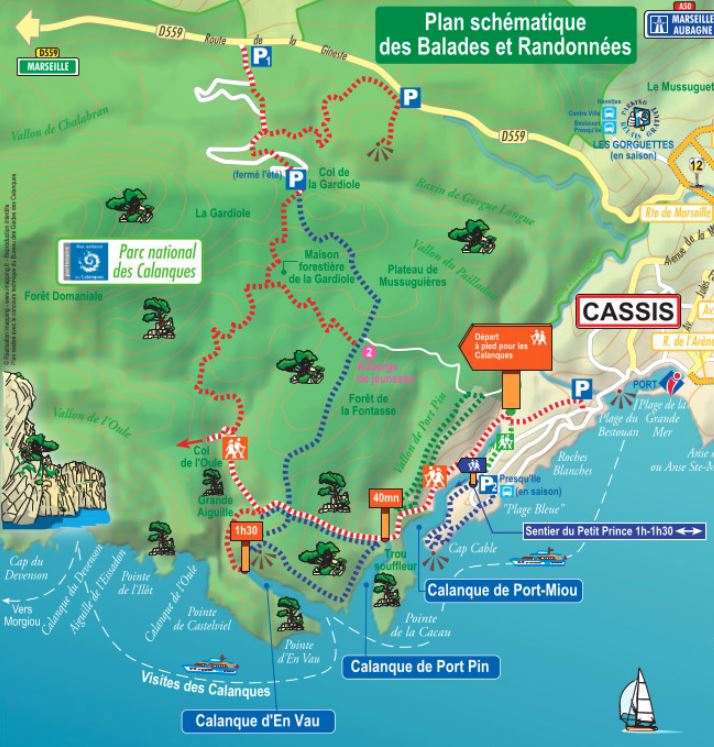In France, the insects are associated with summer and sun.
The chorus of cicadas, or “cigales,” as they are called here, is an annual and generally beloved phenomenon in southern France, especially in the region of Provence. And the village of Le Beausset, with a population of about 10,000 people and an unknown number of cicadas, is the self-proclaimed cicada capital.
Across the region, visitors can buy cicada postcards and cicada tablecloths and ceramic cicadas in more than three dozen colors. For the biggest fans, shops in Le Beausset’s neighboring town of Le Castellet sell versions that release their deafening sounds whenever anyone comes close.
And so as residents of Le Beausset and across France’s south await the annual chirping of the insects — expected later this month — many here have watched reaction to the U.S. “zombie cicada invasion” with a mix of bewilderment and surprise.
They understand that the cicada species dominant in southern France emerge in lower density than the 17-year periodical cicadas that have roiled the East Coast this summer. But few here would think of the insect as an edible snack. Or something worthy of 911 noise complaints.








